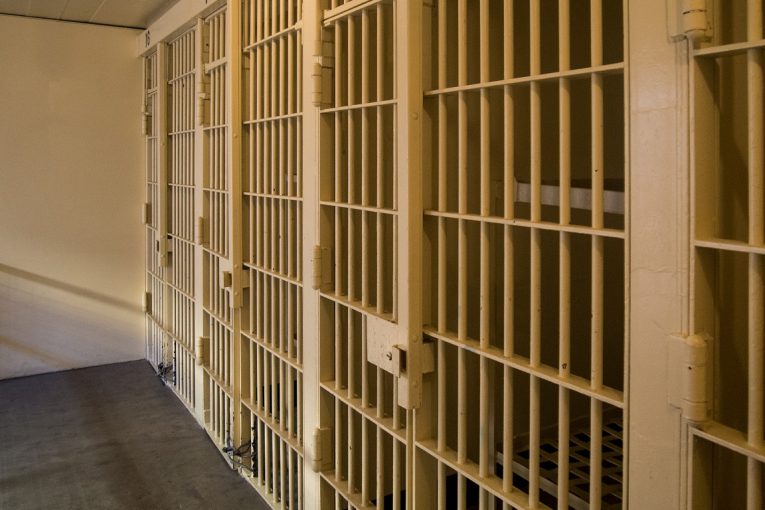

By William Proctor
Pursuant to Proposition 66, an initiative approved by California voters in 2016, the condemned transfer program mandated that California transfer condemned incarcerated people from the two prisons that have been housing them since the 1970s and move them to other prisons throughout the state. These prisons include San Quentin State Prison where condemned men are imprisoned and Central California Women’s Facility where condemned women are imprisoned. A memo released on February of 2022 by California’s Division of Adult Institutions reads in part:
These transfers will allow CDCR (California Department of Corrections and Rehabilitation) to phase out the practice of segregating people on death row based solely on their sentence and will remove maximum custody designations for the majority of [people in prison]. This will allow case-by-case reviews to determine where an [incarcerated person] should be housed. How an [incarcerated person] is housed should depend on behavior, risks, needs, other case factors such as health care, mental health, as well as any safety and risk concerns… Being housed in other facilities will allow the person to be located closer to family and/or county of commitment, which would allow for great employment opportunities and access to rehabilitation programs… participants of Mental Health Services Delivery System will continue to receive services consistent with your level of care, not dependent on your housing.”
This memo exposes the cruel and unusual treatment of people on death row over the last four decades. In the memo, the Director of the Division of Adult Institutions Connie Gipson speaks about “the moves will allow CDCR to phase out the practice of segregating people on death row from others based solely on their sentences and removing the maximum security custody designation from the majority of [incarcerated people].”
The manuals regulating custody designations are thousands of pages, and far too extensive to try and sort out here, but in order to help the reader understand the cruel and unusual nature of forcing people on death row into maximum custody housing I will explain the custody designations generally.
There are four custody levels in California’s prison system, Levels I through IV. These custody designations are based on a point system. An incarcerated person gets points added or subtracted based on behavior, risks, needs, case factors such as health care, mental health, and safety concerns. Levels I and II are minimum security custody. Incarcerated people who have proven to be low-level threats to the security of other people in prison or the staff are allowed to move around inside prison and partake in a variety of educational, vocational, and rehabilitative programs, as well as having access to prison events like concerts, food drives, church, and sporting events, and of course they get access to the exercise yard. They’re not handcuffed or searched when leaving their cells or dorms.
Levels III and IV are where men and women are housed who have earned enough points to merit a higher security threat to other incarcerated people or prison staff. They earned their points because of rule violations which could involve refusing to work, possession of contraband, violence, or some other behavior deemed a violation. Violence is the norm in Levels III and IV, the fences around exercise yards and housing areas are lined with weapon-carrying correctional officers who have been trained to shoot incarcerated people when they commit acts of violence. These levels have a high population of gang members living there. There’s always a threat of violence.
People on death row have been forced to live in Level IV maximum security for over forty years, not based on their behavior, risks, needs, care factors such as health care, mental health, and safety concerns, but based solely on their sentence.
I’ve been forced to live in this Level IV environment since 1983, and it’s a traumatic experience, with countless incidents of violence on the yards and in the unit, and guards firing a variety of weapons onto the yard to break up violent incidents.
Fortunately, because of Proposition 66 the rules have changed, and recently I was reclassified based on my behavior, risks, needs, case factors such as health care, mental health, and safety concerns, and I was classified as a Level II custody designation, which is the lowest level a person on death row is allowed to attain.